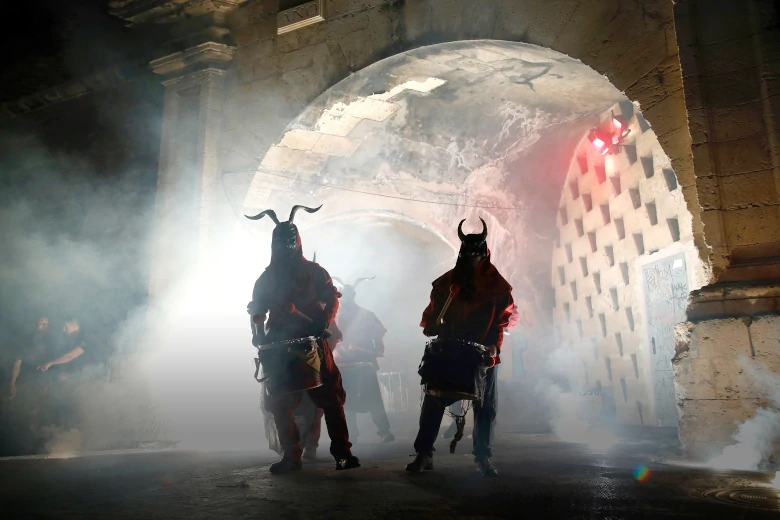
Dimonis in the tunnel of the old railway with exit to the Parc de la Mar. Photo: Teresa Ayuga.
Nearly 600 metres of the old train tunnel could be reopened as a museum space
Sergio Úbeda. Palma
Beneath the bustling streets of Palma, a labyrinth of tunnels and shelters built to protect Mallorcans from bombing during the Civil War is hidden. These spaces, mostly forgotten, have been rediscovered thanks to Bartomeu Fiol, who has dedicated much of his life to rescuing this part of historical memory. In his book Atles dels refugis antiaeris de Palma, this telecommunications engineer compiles information gathered during 25 years of research. “I’ve been calling for the conservation of this historical and cultural asset for years,” he says before going into detail about the city’s tunnels.
Tunnels that saved lives
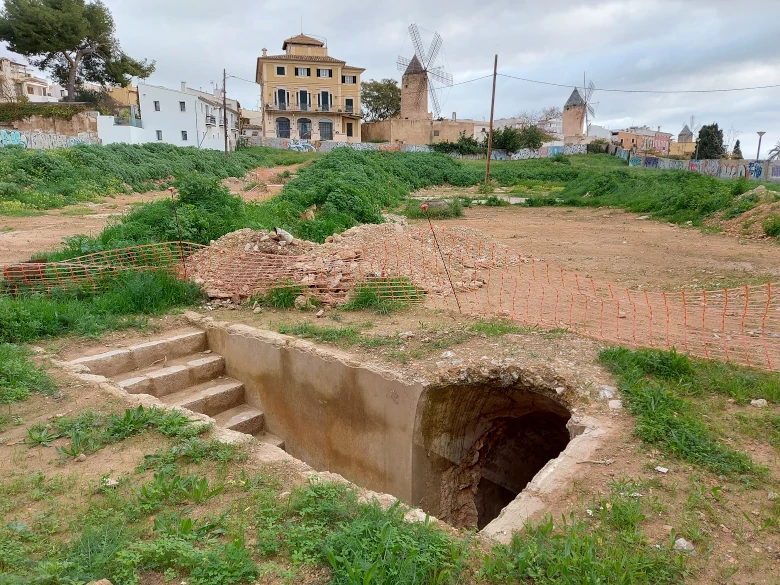
Es Jonquet public shelter. Photo: Bartomeu Fiol.
During the Civil War, more than 700 shelters were built in Palma. About 130 were public, accessible through entrances located on the street, while the rest were located under buildings. These shelters were the result of community effort and Passive Defense committees. “All tunnels were built to withstand the impact of bombs, with zigzag entrances, and they had to be deep and narrow to withstand the explosions,” Fiol explains. They had to have at least two entrances for evacuation in case of collapse.
The Palma train tunnel
The most important shelter is the tunnel of the old railroad, which ran through the city from the España square to the Parc de la Mar, about 1,300 meters long. Although designed for the transport of goods, during the war it became the largest shelter in the city, with capacity for 30,000 people. Side entrances were created for quick access, and an alarm system was set up to prevent accidents with trains. “Its use while the train was running added an extra dose of danger,” the researcher points out.
The train tunnel is still under debate about its possible rehabilitation. A section of 575 meters could be reopened to become a museum space where the history of Palma is narrated.
Palma’s emblematic refuges
In recent years, some shelters have been opened occasionally to the public, such as the one in Paseo Sagrera. Others, under public buildings such as the Palace of the Consell de Mallorca, the Delegation of Defense, or Es Baluard, have been visited more frequently. The full recovery of some public shelters and the establishment of permanent visits are still pending.
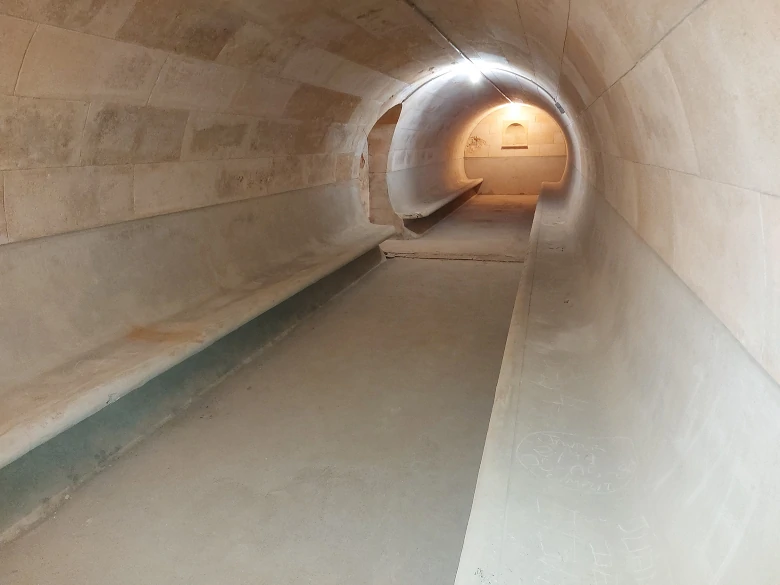
Shelter of the Delegation of Defence. Photo: Bartomeu Fiol.
One of the most important shelters is the Baluard de Sant Pere, rehabilitated and occasionally open to the public. Another outstanding shelter is that of the Aviation Headquarters, today the headquarters of the Delegation of Defense. This shelter had an air purification machine. “While others only had ventilation, this one ensured clean air during prolonged attacks,” says Fiol.
From oblivion to rediscovery
After the war, many shelters were sealed and forgotten, disappearing from collective memory. The loss of archives has contributed to this part of history being hidden from new generations. However, thanks to people like Bartomeu Fiol, valuable information has been recovered, and some shelters have been reopened to the public.
Palma hides secrets underground. Its tunnels and air-raid shelters remind us of the difficult times its population endured, and their recovery allows us to uncover a hidden part of its history.


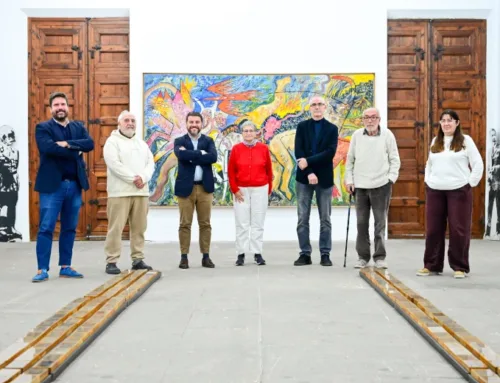
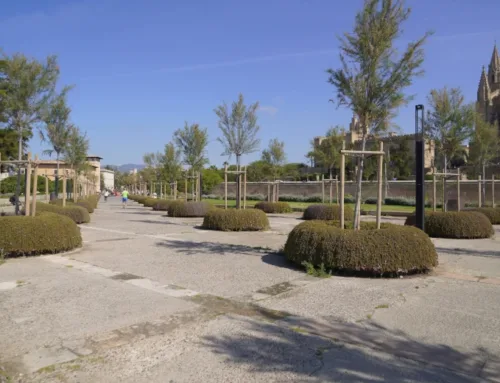




Leave A Comment